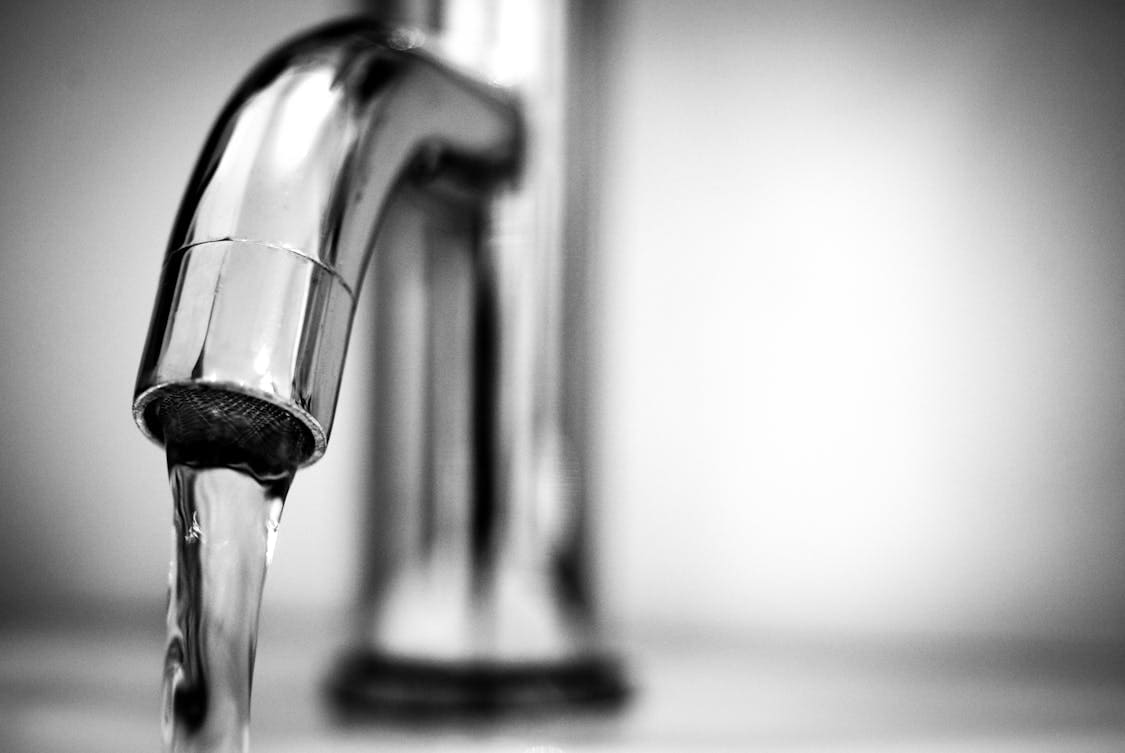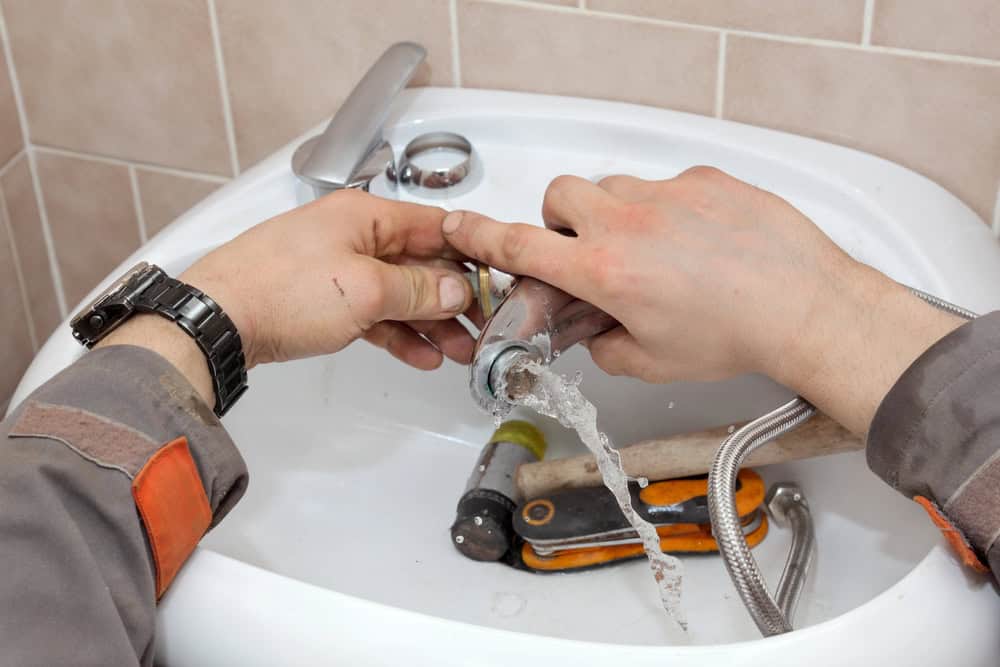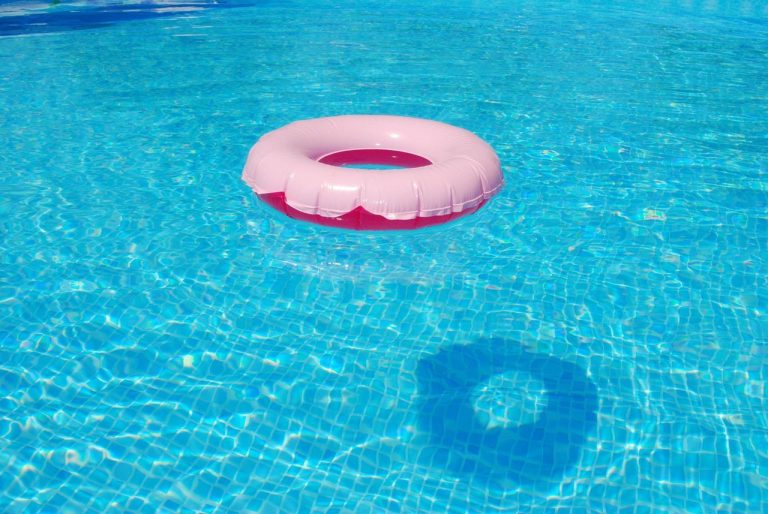When your tap begins to run non-stop, it can be a source of frustration and concern. Not only does it waste water, but it can also lead to higher utility bills and potential damage to your plumbing system. Fortunately, many issues can be resolved with some simple troubleshooting and minor repairs. This article guides you …
What to Do When Your Tap Runs Non-Stop: Quick Fixes

When your tap begins to run non-stop, it can be a source of frustration and concern. Not only does it waste water, but it can also lead to higher utility bills and potential damage to your plumbing system.
Fortunately, many issues can be resolved with some simple troubleshooting and minor repairs. This article guides you through understanding the problem and offers quick fixes to restore peace and quiet to your home.
Understanding the Problem
Before embarking on repairs, it’s essential to grasp why your tap runs non-stop. Common culprits include a faulty washer, a damaged valve seat, or mineral buildup.
Each of these issues can create a leaky faucet, which not only drips but can also cause the water to flow continuously. Identifying the specific problem can help you address it quickly.
Faulty Washer
One of the most frequent causes of a non-stop tap is a worn-out washer. Washers are rubber or silicone components that help create a seal when the faucet is turned off.
Over time, these can degrade, leading to leaks. The good news is that replacing a washer is typically a straightforward task that can be completed with minimal tools.
Damaged Valve Seat
Another possible issue is a damaged valve seat. This component connects the faucet to the spout, and if it becomes corroded or worn, it can prevent the faucet from shutting off completely.
While replacing a valve seat is a bit more involved than changing a washer, it’s still a feasible project for most homeowners willing to get their hands a little dirty.
Quick Fixes for a Dripping or Running Tap

When faced with a tap that just won’t quit, here are some quick fixes that can save you time and money.
Step 1: Turn Off the Water Supply
Before attempting any repairs, make sure to turn off the water supply to the faucet. Most faucets have shut-off valves located underneath the sink.
If you can’t find the shut-off valve, consider turning off the main water supply to your home. This action will help prevent any accidental spills or flooding while you work.
Step 2: Disassemble the Faucet
Once the water is turned off, disassemble the faucet. Depending on the type—compression, cartridge, ball, or ceramic disc—the disassembly process will vary slightly.
Generally, you’ll need a screwdriver to remove the handle and possibly a wrench to loosen any nuts. Take care to keep track of screws and small parts as you take everything apart.
Step 3: Inspect the Components
With the faucet disassembled, inspect each component for signs of wear or damage. Look closely at the washer, O-rings, and valve seat.
If you notice tears, cracks, or excessive wear, these parts will likely need replacing. It’s wise to take the old parts to a hardware store to find exact replacements.
Step 4: Replace Worn Parts
If you’ve identified worn components, proceed with replacing them. Install the new washer or O-ring, making sure it fits snugly in place.
When replacing the valve seat, ensure it’s tightly secured and positioned correctly. Applying a bit of plumber’s grease can help with the installation and create a better seal.
Step 5: Reassemble and Test
After replacing any damaged parts, it’s time to reassemble the faucet. Reverse the disassembly steps, ensuring all screws and nuts are tightened adequately.
Once the faucet is back together, turn the water supply back on and test the faucet. Check for any leaks or issues. If everything is working correctly, congratulations—you’ve fixed the problem!
Additional Tips for Persistent Issues
If your tap continues to run even after you’ve replaced worn parts, it might be time to consider some additional solutions.
Clean Mineral Deposits
Hard water can lead to mineral buildup, which may cause parts to stick or not function correctly. Consider soaking the faucet components in a vinegar solution to remove any mineral deposits.
This step can improve the function of various parts and extend their lifespan.
Check the Faucet Cartridge
In cartridge faucets, the cartridge is responsible for controlling the water flow. If you discover that the faucet still runs, the cartridge may be damaged.
Replacing the cartridge is usually straightforward and can resolve persistent leaking issues. Many hardware stores have universal cartridges that fit various faucet brands.
Inspect The Plumbing
If all else fails, it may be worth inspecting the plumbing itself. Sometimes, issues deeper in the system can cause a faucet to run continuously.
Look for loose connections or damaged pipes, as these may require professional assistance. For affordable plumbing work done right, getting a professional plumber to inspect your entire system could save you from bigger issues later.
Call a Plumber
If you’ve tried all these quick fixes with little success, it might be time to call a plumber. While it may come with a cost, a professional can quickly diagnose and repair more complex issues that could be causing your tap to run non-stop.
Preventive Measures to Avoid Future Issues
Once you’ve resolved the problem, taking preventive measures can help you avoid dealing with a running tap in the future.
Regular Maintenance
Conduct regular maintenance checks on your faucets to spot wear and tear early. Inspect washers, O-rings, and valve seats periodically.
Addressing minor issues promptly can prevent them from developing into more significant problems.
Install Water Softeners
If you live in an area with hard water, consider installing a water softener. Softening your water can greatly reduce mineral buildup in your plumbing.
This action can also extend the life of your fixtures and appliances.
Be Mindful of Usage
Being mindful of how you use your faucets can also help. Avoid turning faucets on too tightly, which can wear down components faster. A gentle touch goes a long way in maintaining their lifespan.
Educate Your Family
Make sure everyone in your household understands basic plumbing care. Teach them how to turn off the water supply in case of emergencies and how to recognize signs of wear in faucets.









